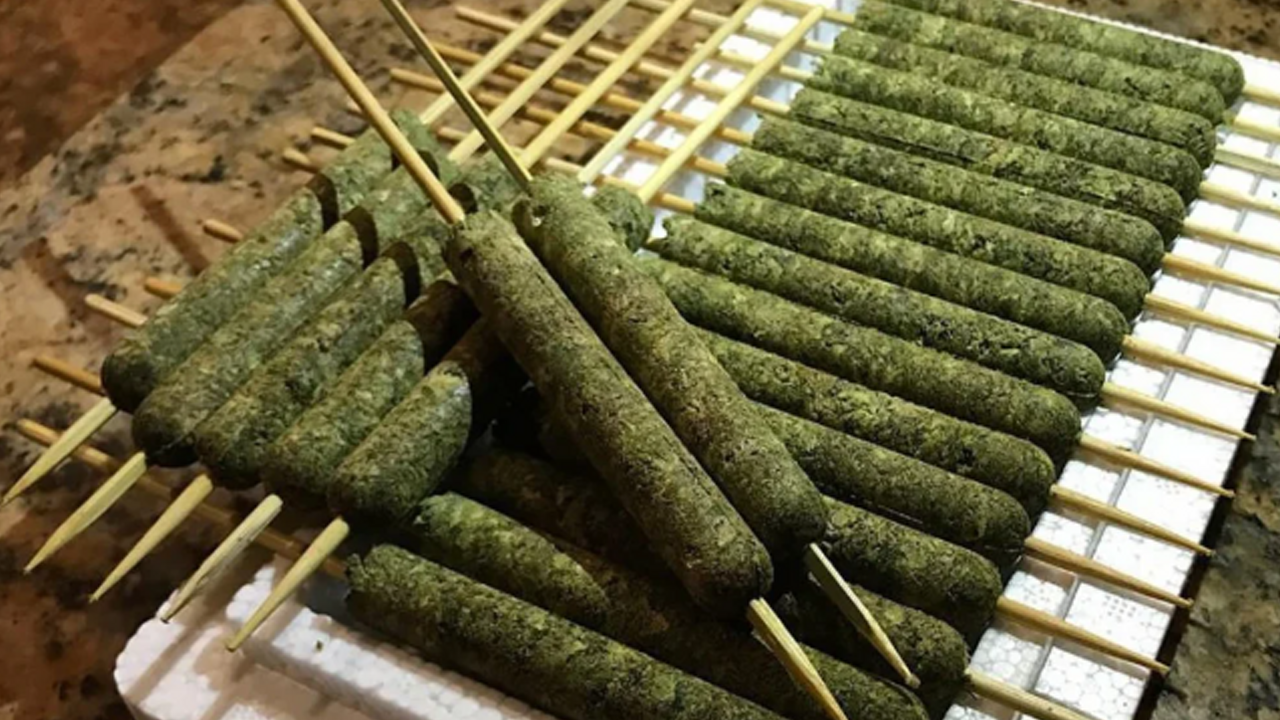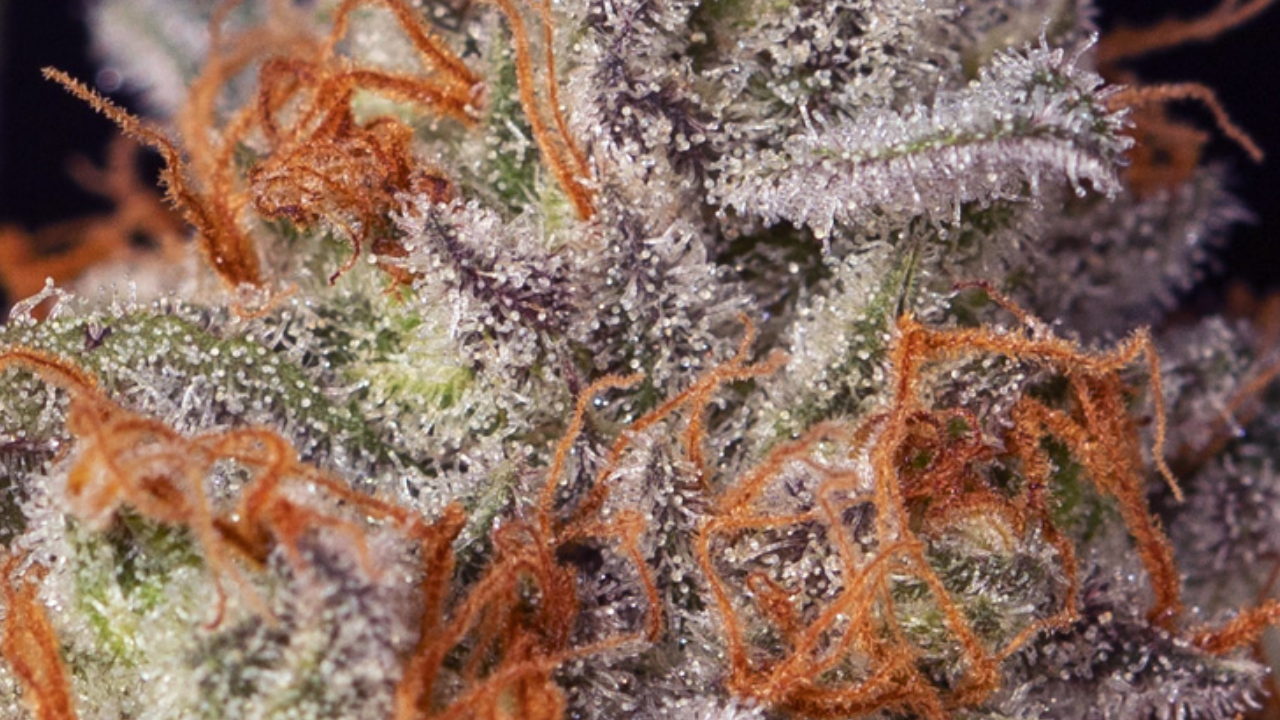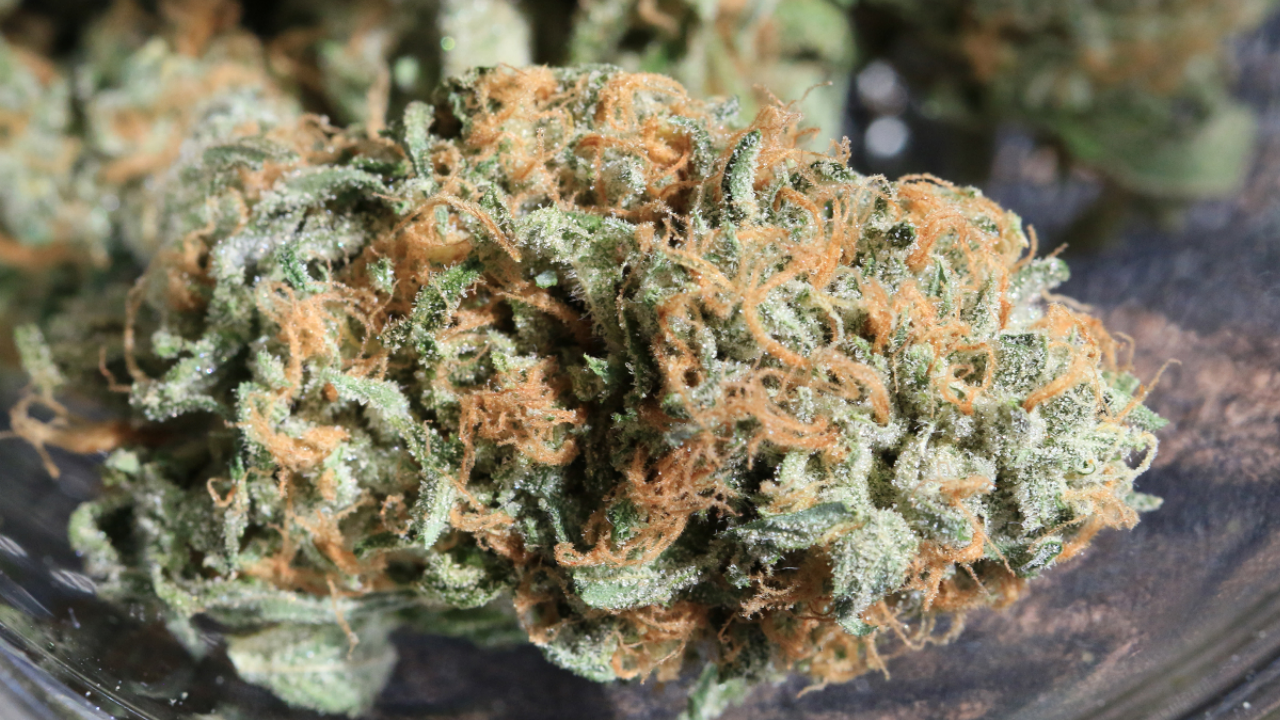Thai Stick: The Exotic Landrace Strain That Changed the Cannabis World
In the annals of cannabis history, few strains are as storied or legendary as Thai Stick. Originating from the lush, tropical climates of Thailand, this iconic sativa landrace not only offered a distinct and powerful high, but also introduced the world to one of the most unique and artistic methods of cannabis consumption: cannabis buds tightly wrapped around bamboo sticks using hemp fibers and cured in oil. Revered for its long-lasting cerebral effects, spicy aroma, and cultural significance, Thai Stick represents both a cannabis strain and a preparation method that captivated the West during the counterculture boom of the 1960s and 70s.
Today, Thai Stick may be a rarity on dispensary shelves, but its influence can still be felt in modern cannabis genetics and the enduring mystique of Southeast Asian landrace strains.
Origins and Cultural Roots
Thai Stick is named for its origin (Thailand) and the unique way the buds were once prepared for export and use. Farmers in Thailand would take premium cannabis colas, skewer them onto thin bamboo sticks, and then wrap them tightly with hemp or silk thread. Sometimes dipped in hash oil or coated in opium, these “Thai sticks” were not only potent but visually striking, making them a highly desirable product in the global cannabis market.
This form of cannabis made its way to the U.S. during the Vietnam War, as soldiers stationed in Southeast Asia discovered its potency and uniqueness. Smugglers and travelers brought it back to the West, where it gained a cult following. By the mid-1970s, Thai Stick was synonymous with high-quality, exotic cannabis, often commanding premium prices due to its potency, flavor, and long-lasting effects.
Appearance, Aroma, and Flavor
The buds of the Thai Stick strain are long, narrow, and airy, typical of equatorial sativas. When cured traditionally, the sticks were visually elegant, with meticulously wrapped green buds glistening with resin and giving off an unmistakable tropical scent.
Aroma and flavor notes:
- Herbal and woody base
- Citrus and lemongrass top notes
- Spicy, incense-like undertones
- Slight sweetness, especially when vaporized
The terpene profile of Thai Stick is thought to include limonene, pinene, and myrcene, contributing to its citrus, pine, and herbal notes. These terpenes also enhance the stimulating and euphoric qualities of the high.
Effects and Experience
Thai Stick is known for delivering a pure, energetic sativa high. Unlike modern hybrids that may induce anxiety or an overpowering rush, Thai Stick offers a clean, clear-headed elevation that slowly builds to euphoria, creativity, and introspection.
Typical effects include:
- Uplifted mood and euphoria
- Enhanced focus and mental clarity
- Creativity and sociability
- Physical energy without jitteriness
The high from Thai Stick is often described as spiritual or meditative, making it a popular strain for daytime use, artistic endeavors, and mindful practices like yoga or nature walks. Its effects can last up to 3–4 hours, a testament to its potency and landrace purity.
Unlike heavy indicas, there is minimal couch-lock or sedation. Instead, users often report a sense of lightness, mental expansion, and elevated perception. For this reason, Thai Stick was—and still is—favored by those seeking intellectual stimulation or emotional uplift.
Medical Applications
Though it’s more known for recreational use, Thai Stick also offers several therapeutic benefits, particularly for conditions that benefit from a sativa’s stimulating effects.
Common medical uses include:
- Depression – The euphoric high helps combat low mood and emotional fatigue.
- Chronic fatigue – Provides a natural energy boost without harsh come-downs.
- ADD/ADHD – Enhances focus and task engagement.
- Anxiety (in low doses) – Can calm mental chatter and promote a sense of flow.
- Appetite loss – Stimulates hunger in users struggling with eating disorders or nausea.
However, due to its high THC content (typically between 18–24%) and lack of CBD, Thai Stick may be too intense for those prone to anxiety or THC sensitivity. Moderation is key.
Cultivation and Modern Challenges
Thai Stick’s tropical origins mean it thrives in warm, humid environments and has a long flowering period, often requiring 12–16 weeks to fully mature. These factors make it challenging to grow outside of its native climate.
Growing traits:
- Type: 100% Sativa
- Height: Tall and lanky
- Flowering time: 12–16 weeks
- Yield: Moderate, with proper care
- Preferred environment: Outdoor tropical or controlled indoor grows
Due to its difficulty to grow and the rise of faster hybrid strains, Thai Stick became rarer over time. However, some seed banks and heritage breeders have preserved the genetics, making it possible to still find authentic Thai Stick strains for cultivation or breeding projects.
Legacy and Influence
Thai Stick’s legacy extends beyond the strain itself—it helped shape global cannabis culture, opened minds to landrace diversity, and contributed genes to numerous modern favorites. Strains like Haze, Juicy Fruit, and Voodoo owe much of their ancestry to Thai genetics.
More than just a strain, Thai Stick is a symbol of a cultural exchange, a reminder of cannabis’s deep global roots, and a testament to the plant’s capacity for artistry and ritual.
A Rare Treasure from the Tropics
Thai Stick is not just a cannabis strain—it’s a piece of living history. With its rich flavor, spiritual high, and storied past, it represents a purer, more natural era of cannabis. While modern hybrids may dominate today’s markets, Thai Stick remains a sacred relic for those who seek authenticity, clarity, and cultural connection through cannabis.
Whether you find it in flower form, or as a hand-wrapped relic from the past, Thai Stick offers a distinctive, timeless experience—one that’s well worth seeking out.
Sid Prince
Photo credit: https://elevate-holistics.com/blog/the-history-of-the-thai-stick/


